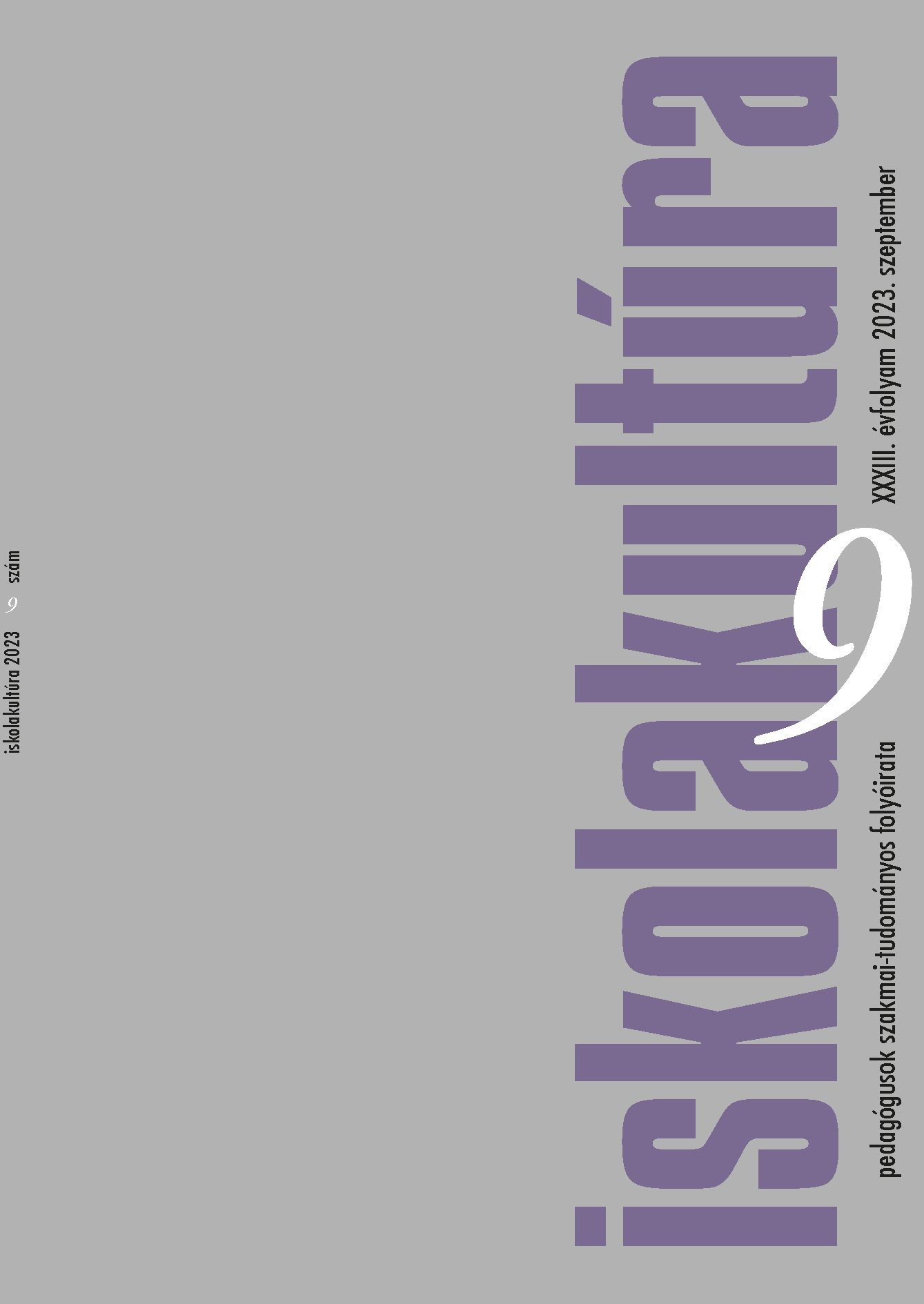The role of intercultural competence in teaching foreign languages in the army
Main Article Content
Abstract
In our study we first overlook the history of the so-called Army Method (audio-lingual) language teaching method developed and applied by the American Army in the 1940s, also briefly presenting its theoretical background. We thereby emphasise its possible role in teaching foreign languages in the army today. In the next step we examine the term ‘intercultural competence’, including its antecedents and some of its theories. Finally, we focus on the role of the intercultural competence in teaching foreign languages (not only English, but also, for instance, German) in general, especially within the army, also highlighting some language teaching programmes in Hungary that already have recognised the importance and need of the intercultural method, regarding them as positive examples for the ways of teaching foreign languages to soldiers in the future.
Downloads
Article Details
Funding data
-
Innovációs és Technológiai Minisztérium
Grant numbers TKP2021-NVA-10
References
Baráth, Á. (2019). Kulturális kompetencia és szociális munka. Esély, (2), 110–124.
Bárdos, J. (2000). Az idegen nyelvek tanításának elméleti alapjai. Nemzeti Tankönykiadó.
Bennett, M. J. (1986). A developmental approach to training for intercultural sensitivity. International Journal of Intercultural Relations,10(2), 179–196. DOI: https://doi.org/10.1016/0147-1767(86)90005-2
Bennett, J. M. & Bennett, M. J. (2004, szerk.). Handbook of Intercultural Training. SAGE Publications. DOI: https://doi.org/10.4135/9781452231129
Bennett, J. M. (2008). Transformative training: Designing programs for culture learning. In: Moodian, M. A. (szerk.), Contemporary leadership and intercultural competence: Understanding and utilizing cultural diversity to build successful organizations. Sage. 95–110. DOI: https://doi.org/10.4135/9781452274942.n8
Butzkamm, W. & Caldwell, J. (2009). The Bilingual Reform. A Paradigm shift in Foreign LanguageTeaching. Gunter Narr.
Chomsky, N. (1967). A Review of B. F. Skinner’s Verbal Behavior. In Jakobovits, L. A. & Miron, M. S. (szerk.), Readings in the Psychology of Language. Prentice-Hall. 142–143.
Deardorff, D. K. (2006). The Identification and Assessment of Intercultural Competence as a Student Outcome of Internationalization at Institutions of Higher Education in the United States. Journal of Studies in International Education, (10), 241–266. DOI: https://doi.org/10.1177/1028315306287002
Diekhoff, J. S. (1945). The Mission and the Method of Army Language Teaching. Bulletin of the American Association of University Professors, 31(4), 606–620. DOI: https://doi.org/10.2307/40220639
Felder, R. M. (1995). Learning and Teaching Styles in Foreign and Second Language Education. Foreign Language Annals,28(1), 21–31. DOI: https://doi.org/10.1111/j.1944-9720.1995.tb00767.x
Garamvölgyi, J. (2022). A kulturális intelligencia és a vezetői kompetenciák összefüggéseinek vizsgálata multikulturális környezetben. Disszertáció. MATE Gazdaság- és Regionális Tudományok Doktori Iskola. DOI: https://doi.org/10.54598/002010
Häußling, R. & mtsai (2016). Akkulturation. In Kopp, J. & Steinbach, A. (szerk), Grundbegriffe der Soziologie. Verlag für Sozialwissenschaften. 1–24.
Sunnus, S. H. (1994). Herder Lesebuch. Zum 250. Geburtstag. Insel.
Korpics, M. (2011). Az interkulturális kommunikáció. Pécsi Tudományegyetem BTK. http://janus.ttk.pte.hu/tamop/tananyagok/interkult_komm/index.html
Liddicoat, A. J. & Scarino, A. (2013). Intercultural Language Teaching and Learning. John Wiley. DOI: https://doi.org/10.1002/9781118482070
Lüsenbrink, H.-J. (2005). Interkulturelle Kommunikation. Interaktion, Fremdwahrnehmung, Kulturtransfer. Metzler.
Richards, J. C. & Rodgers, T. S. (1986). Approaches and Methods in Language Teaching. Cambridge University Press.
Rivers, W. M. (1964). The Psychologist and the Foreign-Language Teacher. 2. kiadás. University of Chicago Press.
Sárosdyné Szabó, J. (2006). A kompetencia alapú nyelvtanítás előnyei és buktatói.THL, 2(1–2), 15–21.
Smith, P. D., Jr. & Baranyi, H. A. (1968). A Comparison Study of the Effectiveness of the Traditional and Audiolingual Approaches to Foreign Language Instruction Utilizing Laboratory Equipment. ERIC Clearinghouse.
Szombathelyi, Sz. (2014). Kompetencia-fogalomhasználata és az interkulturális párbeszéd gyakorlata a szociális területen.http://rubeus.hu/wp-content/uploads/2013/09/24313_kompetencia_szsz_rubeus.pdf

